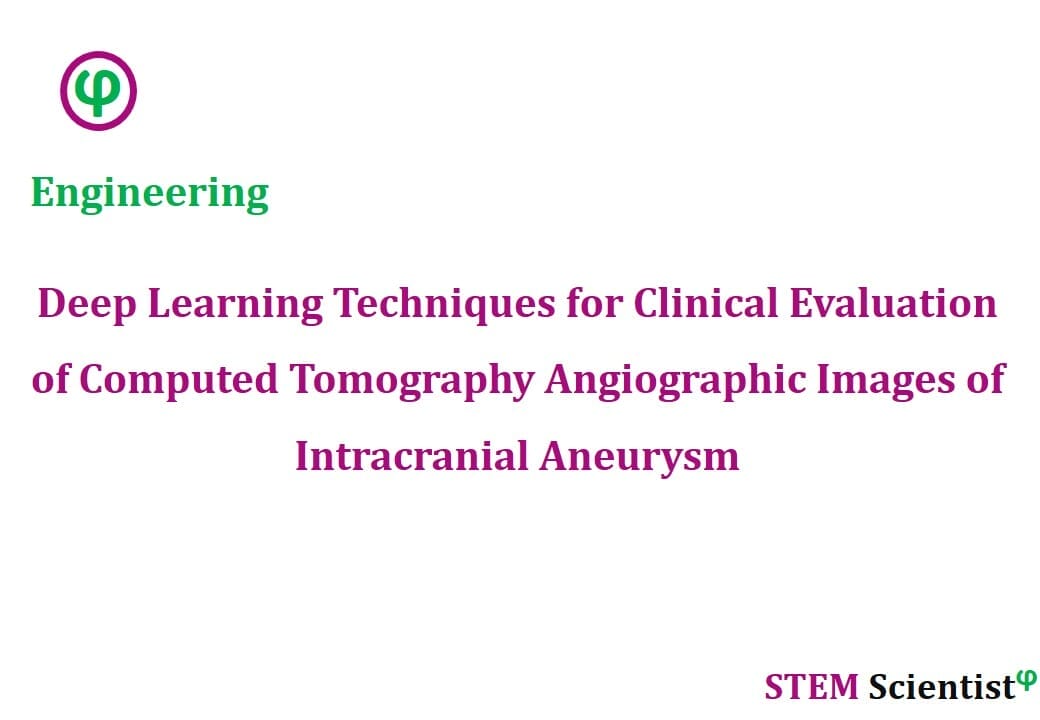
The following study was conducted by Scientists from Department of Diagnostic Radiology, Jinling Hospital, Medical School of Nanjing University, Nanjing, Jiangsu, China; Department of Radiology, Lianyungang First People’s Hospital, Lianyungang, Jiangsu, China; Division of Cardiovascular Imaging, Department of Radiology and Radiological Science, Medical University of South Carolina, Charleston, SC, USA; Computer Science Department, School of EECS, Peking University, Beijing, China; Department of Radiology, Affiliated Nanjing Brain Hospital, Nanjing Medical University, Nanjing, Jiangsu, China; DeepWise AI lab., Beijing, China; Department of Radiology, Tianjin First Central Hospital, Tianjin, China; Department of Neurosurgery, Jinling Hospital, Medical School of Nanjing University, Nanjing, Jiangsu, China; Department of Diagnostic Radiology, Jinling Hospital, Sothern Medical University, Nanjing, Jiangsu, China. Study is published in Nature Communications Journal as detailed below.
Nature Communications; Volume 11, Article Number: 6090 (2020)
A Clinically Applicable Deep-Learning Model for Detecting Intracranial Aneurysm in Computed Tomography Angiography Images
Abstract
Intracranial aneurysm is a common life-threatening disease. Computed tomography angiography is recommended as the standard diagnosis tool; yet, interpretation can be time-consuming and challenging. We present a specific deep-learning-based model trained on 1,177 digital subtraction angiography verified bone-removal computed tomography angiography cases. The model has good tolerance to image quality and is tested with different manufacturers. Simulated real-world studies are conducted in consecutive internal and external cohorts, in which it achieves an improved patient-level sensitivity and lesion-level sensitivity compared to that of radiologists and expert neurosurgeons. A specific cohort of suspected acute ischemic stroke is employed and it is found that 99.0% predicted-negative cases can be trusted with high confidence, leading to a potential reduction in human workload. A prospective study is warranted to determine whether the algorithm could improve patients’ care in comparison to clinicians’ assessment.
Source:
Nature Communications
URL: https://www.nature.com/articles/s41467-020-19527-w
Citation:
Shi, Z., Miao, C., Schoepf, U.J. et al. A clinically applicable deep-learning model for detecting intracranial aneurysm in computed tomography angiography images. Nat Commun 11, 6090 (2020). https://doi.org/10.1038/s41467-020-19527-w


